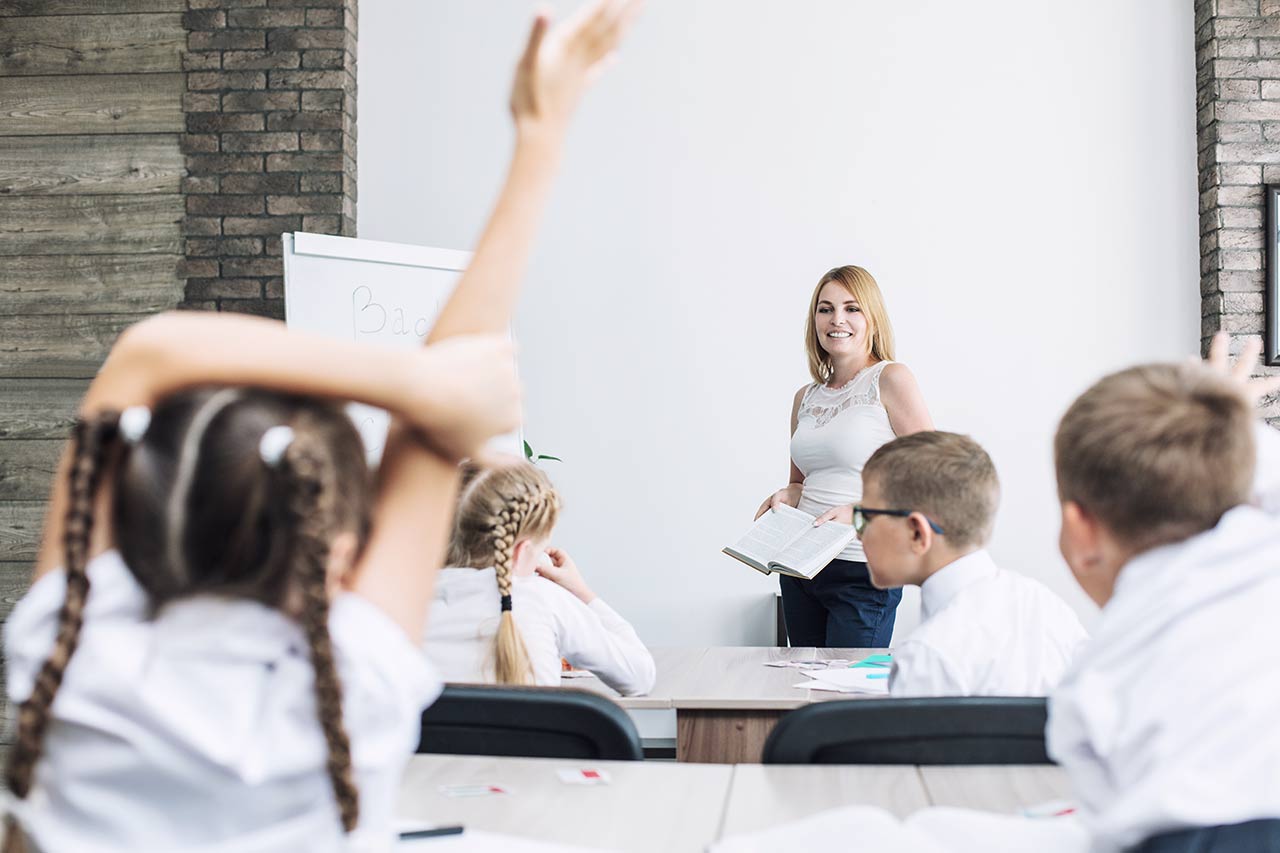Plenary activities
A definition of plenary activities and an outline of why they are important to lesson planning.
Question
Why are plenary activities important to effective lesson planning?
Answer
Plenary activities occur at the end of a session. They allow for students to consider what they have learned, and provide the teacher with an opportunity to ascertain what learning was taken from the session (and if that learning met the objectives). Brown (2009) asserts that plenaries are important because ‘students can tie together what they have learned and consider how it fits with what they already know […] they can reflect on how they did in the lesson and what they could do to improve’ (p. vii). Starters and plenaries are closely interlinked, and are part of a three-part structure that is commonly used (starter, main body of lesson, plenary), as it is considered to most effectively generate and consolidate learning. Learners can be asked to reflect explicitly on how far they have met the learning objectives for the session, either through giving verbal or written feedback, or a via game or task that tests the extent to which objectives have been met. Plenaries are beneficial to learning because they act as a summary of the knowledge gained within a session and can help to identify where there may be gaps in learning so that teachers can take appropriate remedial action.
References
Brown, K. (2009) Classroom Starters and Plenaries: Creative Ideas across the Curriculum. London: Continuum.
